Speaker cables for speakers: what are they and how to choose a cross-section?
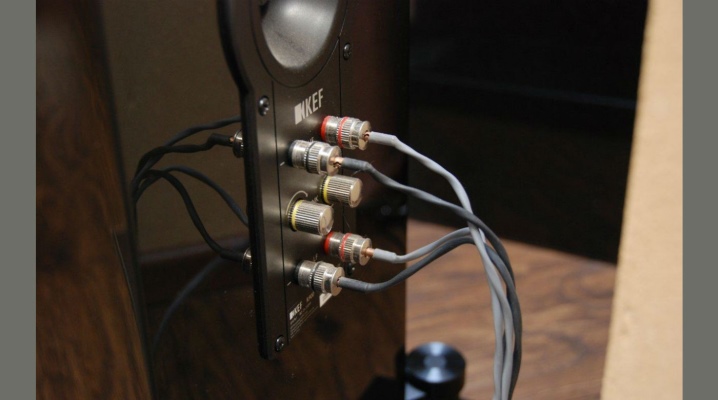
In order to enjoy the highest sound quality, special attention should be paid not only to the choice of speakers, but also to the speaker cables for them. On the modern market, you can find a huge variety of similar products.
Today in our material we will consider the distinctive characteristics of speaker cables for speakers, their most common types, as well as the selection rules and the principle of connecting such equipment.
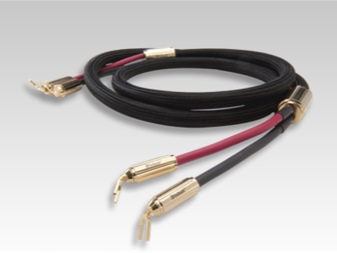
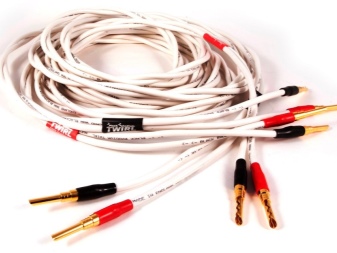
Peculiarities
Today, speaker cables and speaker wires can be purchased almost anywhere (both in the market and in specialized stores or salons). At the same time, almost everyone needs an audio cable for acoustics - both an amateur and a professional.
The speaker cable is an integral part of Hi-Fi systems.


At the same time, in some cases, it can come standard with speakers (then the manufacturer selects the most optimal model that meets all the characteristics of the speakers and is almost perfectly combined with them). In other cases, the audio cable will have to be purchased separately.
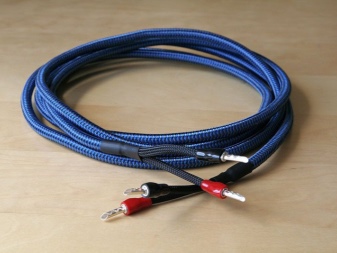
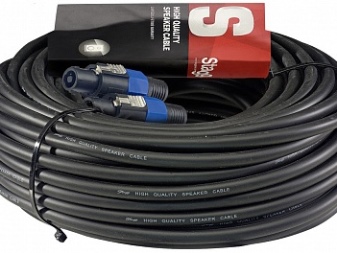
Species overview
Today, on the market for audio equipment and related accessories, you can find a wide variety of speaker cables: audio, interconnect, shielded, AUX cables, 4-pin cables, and many more options. They must be used strictly according to the purpose provided by the manufacturer. Let's take a look at some of the more popular speaker cables.
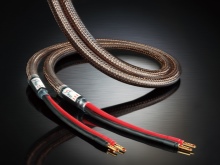
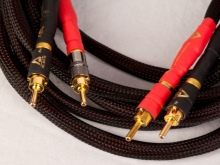
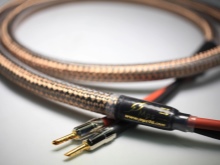
Copper
The choice of copper cable should be approached with special attention. So, before making a direct purchase of goods, you should make sure that the copper acoustic wire has the length necessary for correct functioning. It is believed that long copper wires should have a small diameter (especially if the resistance indicators are not too high).
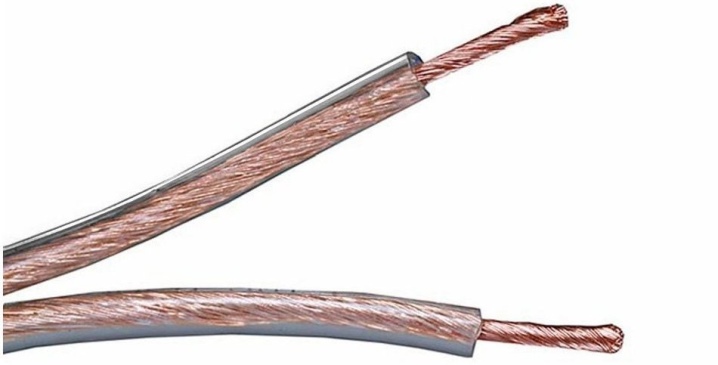
In such a situation, the quality of the sound that will come from the speaker will be at the highest level.
The required volume level will also be provided.
When choosing a copper cable, it is important to make sure that it has the appropriate manufacturer's markings that identify the company that made the cable. If there are no such marks, then we can conclude that this product is a fake - accordingly, you must immediately refuse to buy it, since there are no guarantees regarding the sound quality and the duration of the cable.
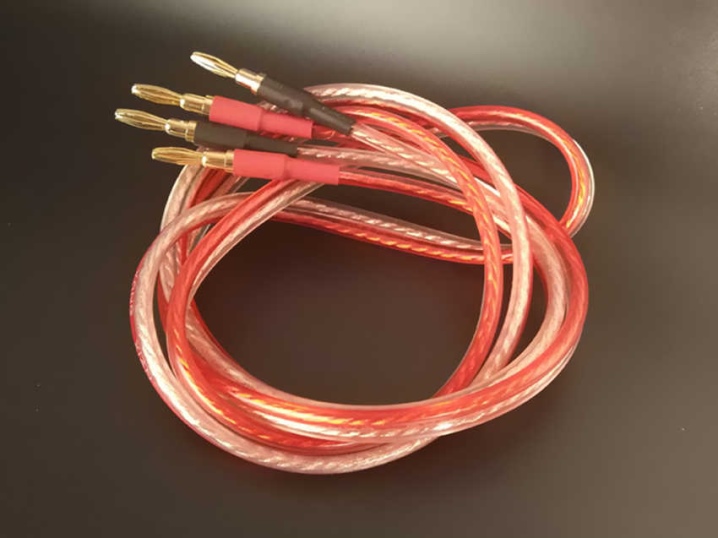
Due to the fact that copper cables are the most popular type of these products, they are produced in a large number, and they, in turn, are subdivided into several independent categories. Therefore, before buying, it is important to make sure that you are purchasing exactly the acoustic version - there should be a special mark about this.
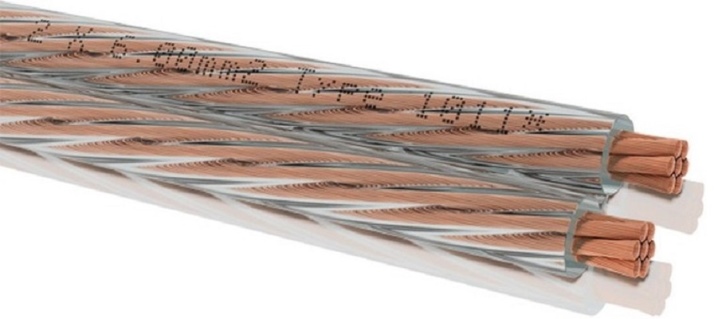
Copper cables can be produced from both oxygen-free and monocrystalline copper. You should also pay your closest attention to this factor. In addition, you need to give preference to thin wires, as they provide high quality sound transmitted from the speakers.
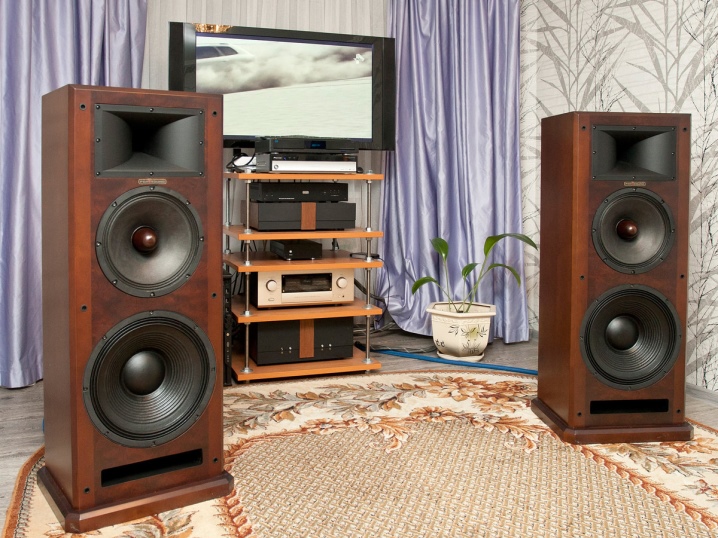
There are 3 types of copper from which audio cables are made: TPC, OFC and PCOC. These varieties differ in sound quality, and, accordingly, in cost. So, if you want to buy a speaker cable for speakers made of budget grade copper, then you should give preference to the TRS type. For mid-range oxygen-free systems, OFC products are suitable. At the same time, the highest quality cables are those made of pure copper - РСОСС.

Composite
In addition to copper, composite varieties can be found on the market. Despite the fact that they contain a large percentage of copper, there are other components.
So, the popular is the variety, the inner part of which is made of copper, and the outer shell is made of some kind of metal alloy.
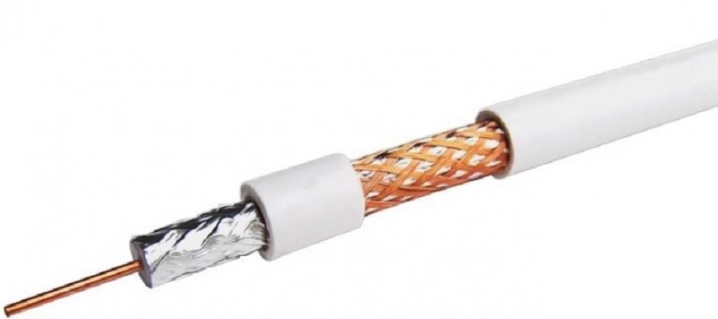
Combined
Combo cables combine several different materials (both metallic and non-metallic). The most popular and demanded among consumers are cables that combine copper with carbon. It should be borne in mind that this option has excellent technical characteristics and properties.
Thus, speaker cables for speakers differ primarily in the material of manufacture. When buying, you should consider this important fact.
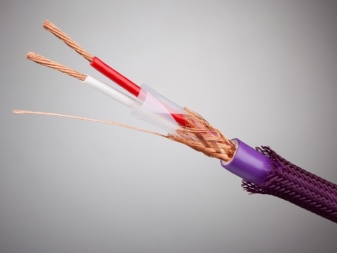

However, speaker cables can be classified not only by the material of manufacture, but also by a number of other characteristics. So, audio cables can be classified into the following types:
- symmetric (this option consists of 2 stranded conductors that have a special conductive screen - hence the name of the type);
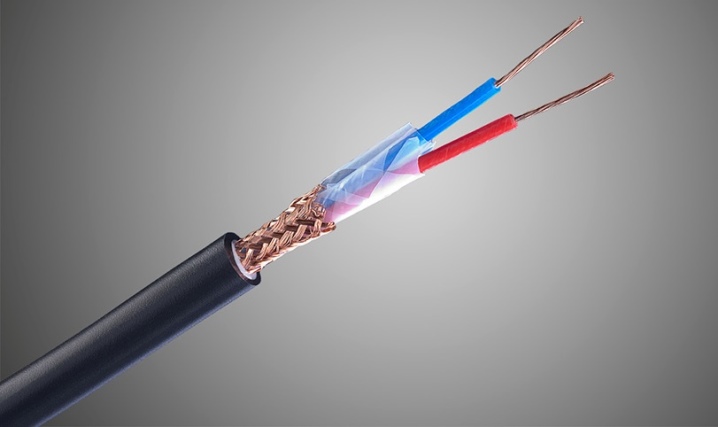
- asymmetrical (this audio cable is used in various areas of life: in household and computer equipment, in musical equipment, etc.);
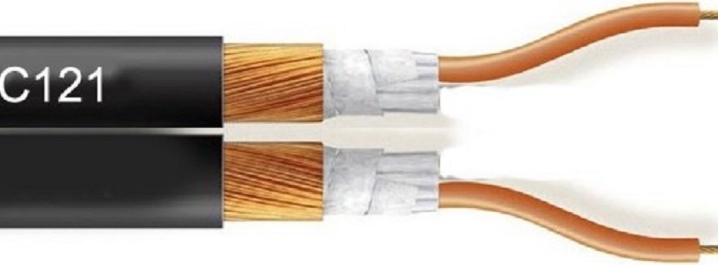
- parallel (the cable is equipped with 2 stranded conductors insulated from each other);

- coaxial wire equipped with a special protective system that helps to protect the wires from all kinds of external interference.
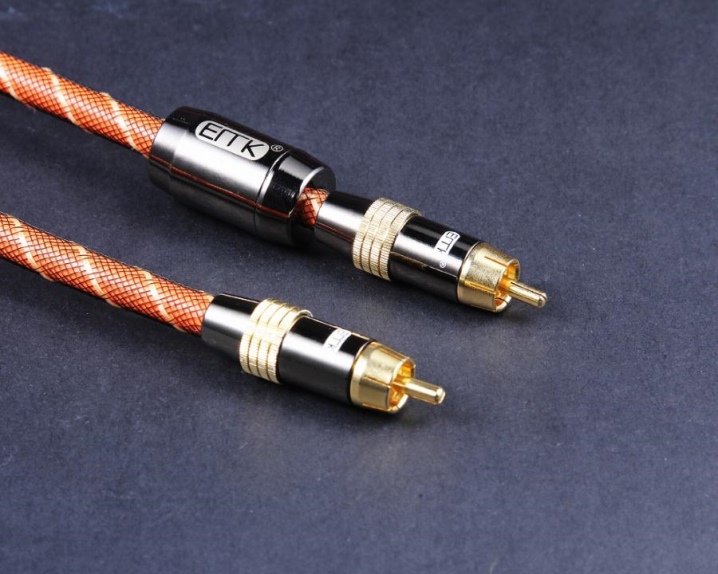
In addition, experts identify such a specific type of audio cables called twisted pair.
It is characterized by a large number of different options for weaving conductors (these conductors can be both monolithic and stranded). In addition, some individual twisted pair models are provided with complex shielding. This feature greatly improves signal quality.
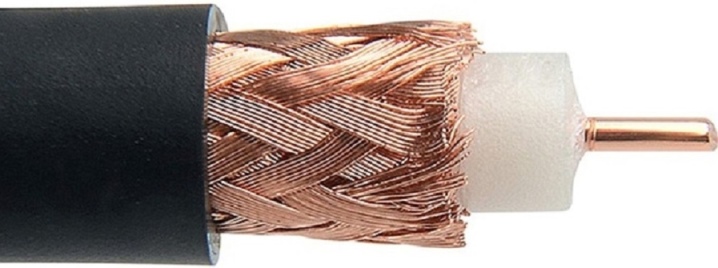
How to choose a cross-section?
Wire cross-section is the most important indicator to which you should pay primary attention when choosing an acoustic cable.
If you visually imagine a speaker cable in the form of a funnel, through which the power from the amplifier is transmitted to the speaker system, then the section in such an imaginary exercise will act as the diameter of the hole in this funnel. Thus, if you pick up a cable that has an insufficient cross-sectional width, then the system will not receive the power necessary for full-fledged operation. Such a disadvantage will be heard - the sound will not be dynamic, and the lack of necessary bass will also be obvious.

For in order to choose the correct cross-section, it is necessary to make the necessary calculations, which will be different for each individual cable. If we talk about the average permissible value, then for an average power speaker system of the floor category, a cross section of 2.5 mm will be sufficient.
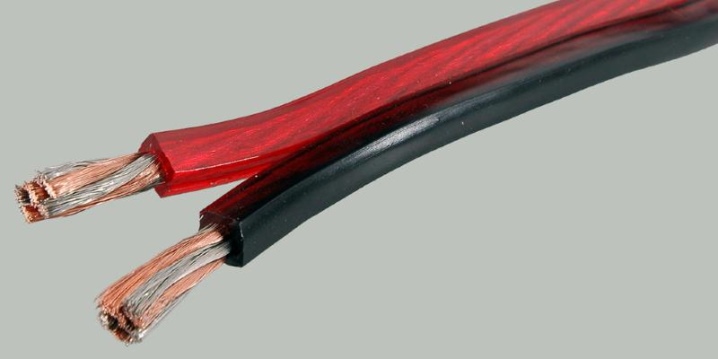
Criterias of choice
The selection of speaker cables for speakers is an important and responsible task that should be approached with all seriousness and responsibility. It is best to rely on technical factors. Let's take a look at some of them:
- when buying a cable to connect speakers to each other, you should not automatically count on the fact that you will purchase a high quality product, be prepared even for a negative outcome;
- give preference to products made by proven, popular and respected companies among users - such a product will meet all international standards;
- when choosing a cable cross-section, it is best to choose an option of sufficient width - this is necessary so that a sufficient amount of current can flow through it;
- if in doubt which cable to take, then give preference to the option that is covered with varnish on top (the whole point is that such a coating will help protect you from a short circuit);
- when checking the cable operation, you must make sure that the sound quality does not degrade over time;
- as for the resistance indicators, they should have values that exceed the arithmetic mean (remember that resistance affects the level of signal transmission quality), etc.

Thus, when choosing a speaker cable for computer speakers, you should be as careful and judicious as possible.
Only with this approach can you hope to purchase a quality product that will fully fulfill all its functions, as well as work for many years.

Connection
After you have chosen the best variant of the speaker cable and bought it, you need to deal with the issue of connection. As you know, the cable can be powered from an amplifier connected to a computer.
So, first of all, it is worth keeping in mind the fact that any speaker cable consists of 2 wires. Moreover, there is an inscription on the surface of one of them. Be careful - it is this wire that needs to be connected to the red terminals. The second wire (the one without the inscription) is connected to the black terminals. Keep in mind that this step is very important during the connection process. If you confuse which wire to connect to which terminals, then, as a result, the sound from the speakers will not be clear enough, and also very quiet. At the same time, such a principle must be observed, regardless of which particular cable you have chosen and purchased.
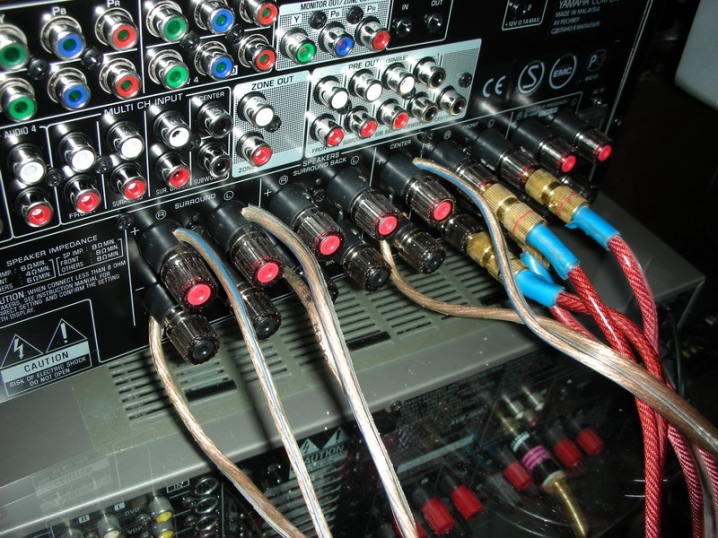
Sometimes a situation may arise that the wire was originally built into the wall, so you cannot determine which part of the cable to connect to which color terminals.
In this case you can resort to the so-called "folk" method. To do this, you need an ordinary 1.5 V battery. You need to unscrew the speaker grille mount, connect 2 wires to them, and then carry out the connection procedure according to the proven scheme.
So, the wire that comes out of the black terminal should be connected to the negative pole of the battery, and the one that comes out of the red one to the positive pole. Then carefully control the movement of the speaker membrane. This movement should follow the outward-inward principle.
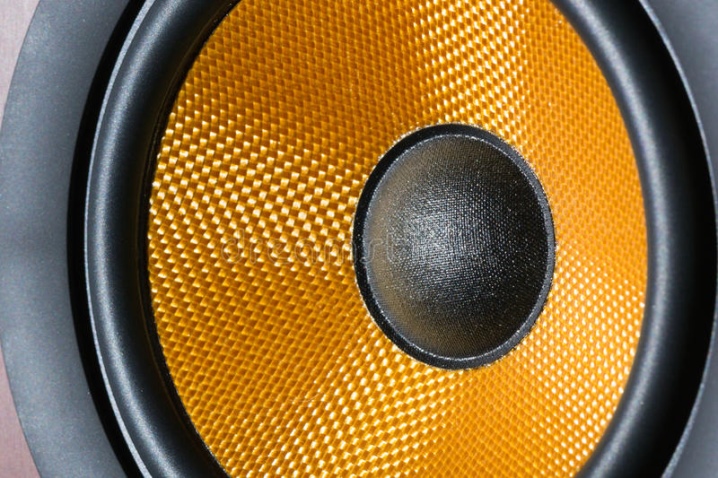
The speakers are connected to an acoustic cable that connects to the battery. This is necessary in order to achieve the desired movement of the membrane. If it turned out exactly as planned, then the speaker cable, which was previously fixed to the positive pole of the battery, should be connected to the red terminal, and the other wire to the black terminal.
After the connection procedure is completed, the speaker cable itself can be hidden from public view.
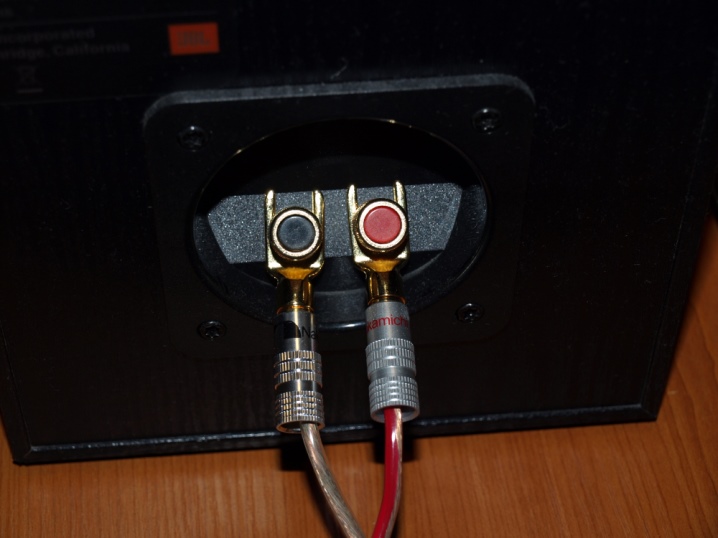
In general, experts identify several traditional schemes for connecting speaker cables to speakers. Let's analyze the main ones (they are of the greatest practical importance and are used most often):
- monowiring (also this connection scheme is often called two-wire) - the scheme consists in sequentially connecting a cable to connectors of different frequencies (both high and low);
- bi-wiring (or four-wire circuit) - the procedure consists in connecting 2 speakers to a single amplifier, and this connection is carried out using different cables;
- biamping (or connection to two amplifiers) - this scheme provides for the combination of separately taken power amplifiers that are suitable for both low-frequency and high-frequency signals.
How to choose the right audio cable, see below.













The comment was sent successfully.